 |
July 31, 2020 Volume 26, Number 29 |
General Interest |
Theme: Race and Representation |
Revisited |
In the News |
General InterestBack to Top | |
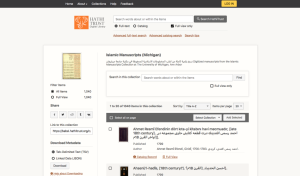 |
|
 |
|
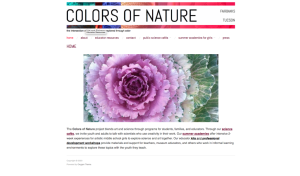 |
|
 |
|
 |
|
Theme: Race and RepresentationBack to Top | |
 |
|
 |
|
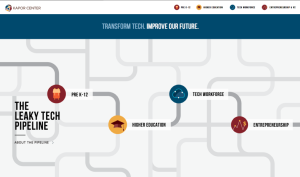 |
|
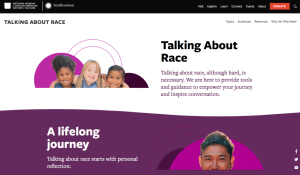 |
|
 |
|
RevisitedBack to Top | |
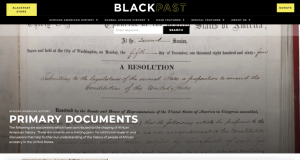 |
|
In the NewsBack to Top | |
Using sequences to secure snacks? You can count on these birds | |
|
Hummingbirds can count their way to food Bright feathers, bright brains: hummingbirds 'can order numerically' Researchers Discover Hummingbirds May Use Counting To Find Their Flowers Numerical ordinality in a wild nectarivore Internet Bird Collection North American Bird Guide New research reveals that hummingbirds may do math for their meals. The study, led by researchers in the UK and Canada, expands on existing research that suggested animals use sequential patterns to locate food. Researchers organized an experiment with 10 different flowers, the first of which was filled with a syrup similar to nectar. Then, they tested hummingbirds' abilities to locate the sugar-substance. Even when the flowers were rearranged, the hummingbirds navigated towards the first flower, the one they originally detected as sweet, suggesting some numerical processing occurred. In various trials, they rearranged the order of the nectar-filled flower. Each time the birds were re-trained to recognize that a different numbered flower contained the nectar, they again auto-piloted towards that numbered flower. While the study leaves some questions unanswered, it does suggest that "perhaps some hummingbirds, like humans, have an easier time wrapping their heads around numbers." [EMB] The first link leads to an overview of the study written by Cathleen O'Grady for Science magazine. At the second link, readers will find Nicola Davis's coverage for The Guardian, summing up the study's results: "]Hummingbirds are not only bright in appearance but also in brain." Readers looking for an audio summary of the study will enjoy the third link, an approximately two-minute clip interview clip between NPR's Lulu Garcia-Navarro and Maria Tello-Ramos (one of the researchers). The interview transcript is also available. At the fourth link, readers can read and download the full research paper, published earlier this month in the biological research journal Proceedings of the Royal Society B. Due to the fact that this news story may spark interest in ornithology, the fifth and sixth links lead to other birding resources. The fifth link brings readers to the Internet Bird Collection, a hub of resources on many types of hummingbirds and thousands of other bird species. Similarly, the sixth link leads to The Audubon Society's "North American Bird Guide," where users can search for the rufous hummingbird (featured in this study). | |





